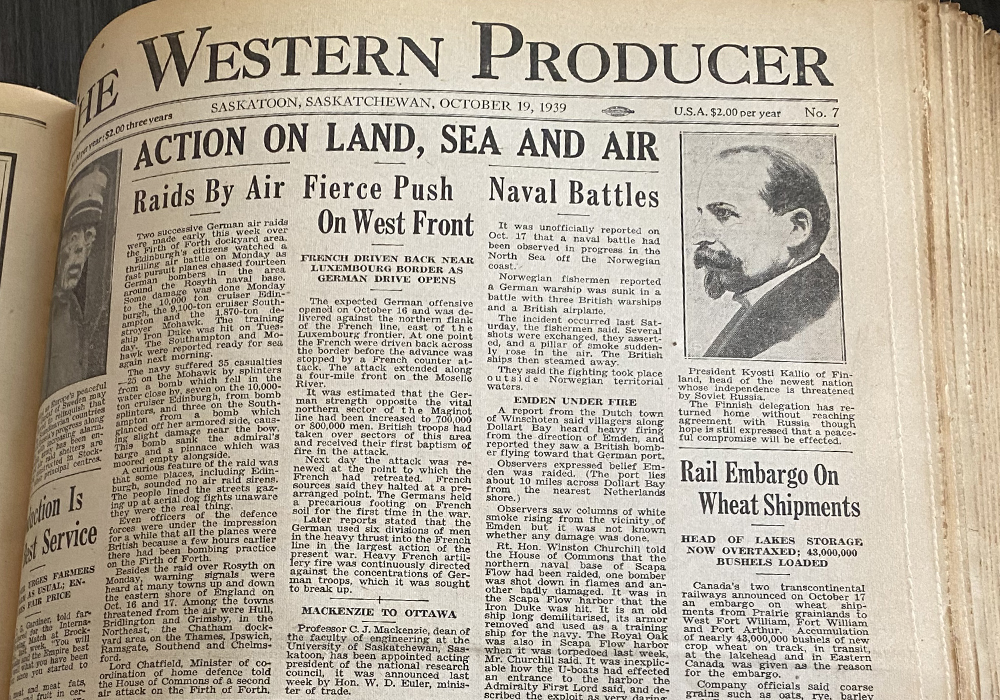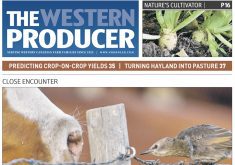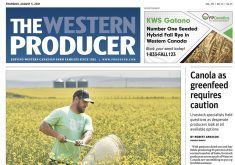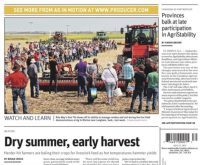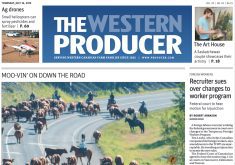For the next year, this column will mark The Western Producer’s 100th anniversary by taking a deep dive every week into a past issue of the paper.
The Oct. 19, 1939, issue is the last of the five papers we will be looking at in this space that were published during the Dirty Thirties.
It has struck me while reading through them that The Western Producer didn’t cover the catastrophic drought and economic depression the way we would today.
Sure, there was the occasional story about farm mortgages in Saskatchewan and the federal relief administration, but I was surprised by the lack of in-depth coverage of life on the farm as producers attempted to cope with the devastation.
Read Also

High prices see cow-calf producers rushing to incorporate
Farm accountants are reporting a steady stream of cow-calf producers rushing to get their operations incorporated ahead of selling their calves this fall.
There were no long feature articles showing the human side of the crisis with accompanying photos.
What begins to be covered in this issue is what will eventually be called the Second World War. It had broken out a few months earlier, and the pages were full of war coverage.
The main front page headline was “Action on Land, Sea and Air,” with smaller headlines over top of stories about “Raids by Air,” “Fierce Push on West Front” and “Naval Battles.”
Even the agricultural news had a wartime flavour.
The prairie wheat pools argued that 70 cent a bushel wheat was too low, especially during a war.
Federal agriculture minister James Gardiner urged farmers to do their bit for the war effort.
“You will serve Canada and the Empire best by doing well what you have been doing ever since you started farming.”
The newspaper’s Women’s Section included directions on how to make Red Cross war socks.
As a reminder that farming was still in bad shape in much of the Prairies, the Producer reported that crop bonuses were estimated to have been paid to 70 to 80 Saskatchewan rural municipalities under the federal government’s crop insurance policy.
It was estimated that total crop failure claims would be allowed in 30 RMs in southeastern Saskatchewan, paving the way for farmers to claim $2.50 an acre on half of their cultivated acreage, capped at $500 per farmer.

